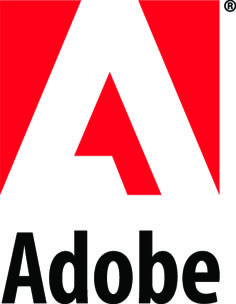Adobe goes corporate open source against Ogg Theora


That strategy is to co-opt the term open source, make it corporate, and maintain dominance of the future.
Microsoft is supporting Linux tools so Linux can live in a Windows world, and Adobe is delivering an open source project so that open source, as a concept, can live in its world of corporate media.
At stake in this case is the standard for video in HTML 5.0. The World Wide Web consortium has a bias in favor of royalty-free, open source standards. While the H.264 codec had market dominance, it had no open source street cred.
The corporate nature of the Adobe effort is emphasized on this page, where it lists "plug-in partners" from the worlds of advertising, publishing, and analytics. Its goal is to drive the Adobe Flash platform. That means Adobe's Open Video Player, code-named Strobe.
It has already achieved big success since HTML 5 stopped specifying Ogg Theora in June, meaning no codec is currently specified. Don't say no is a big step on the way to saying yes to H.264.
In the standards war open source is a necessary coating. We will now see whether open source is just that, a cloak on corporate ambition, or a true bottom-up phenomenon driven by communities like Ogg Theora.